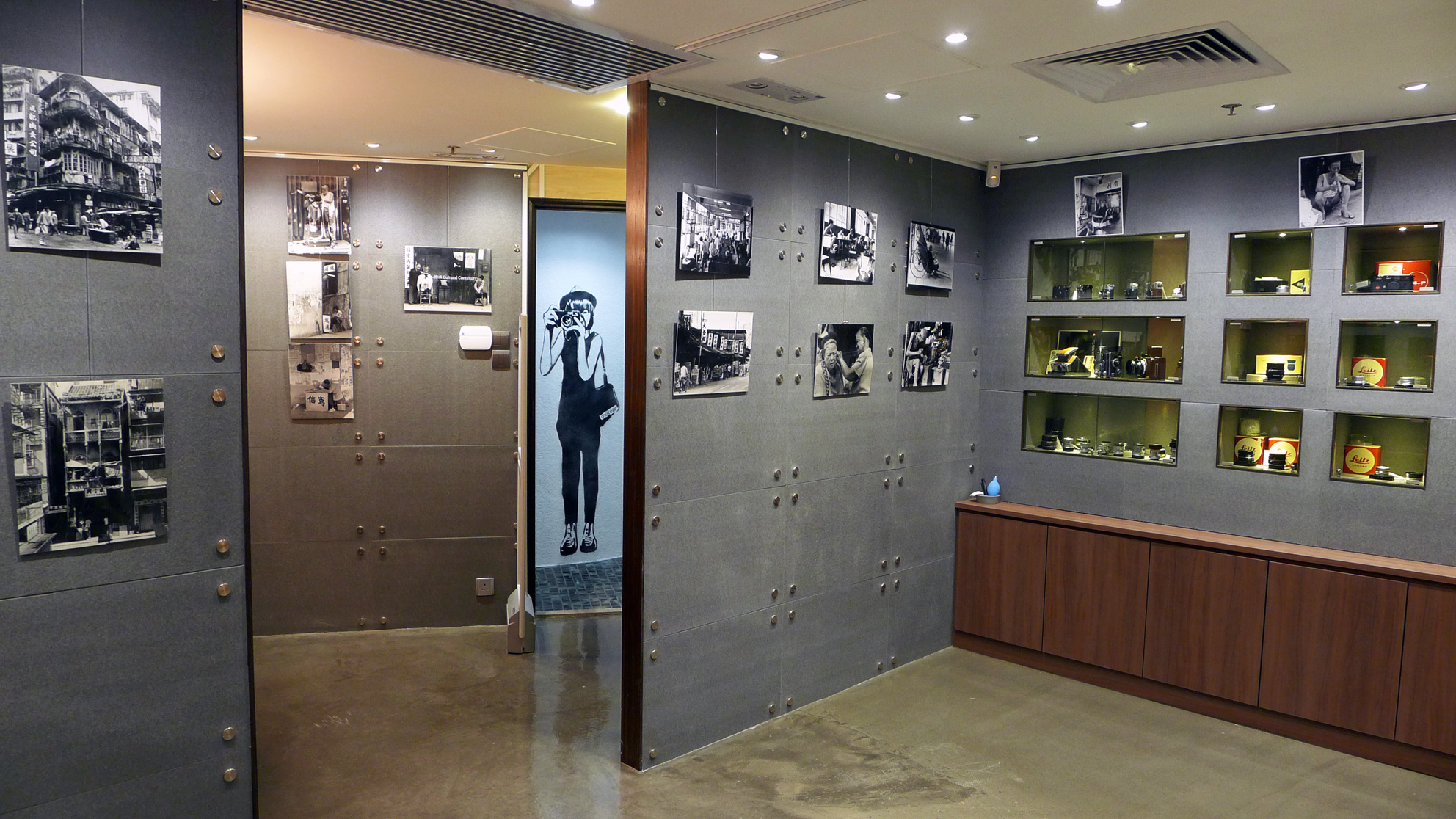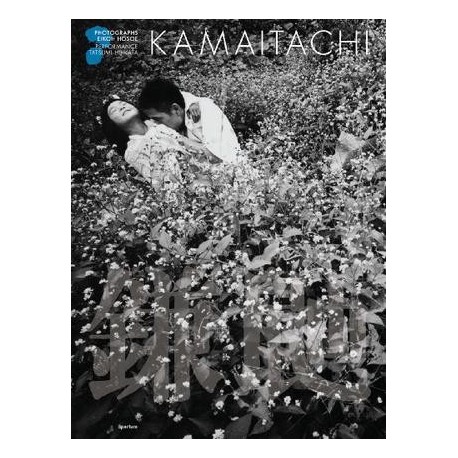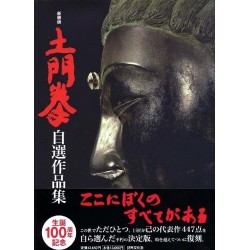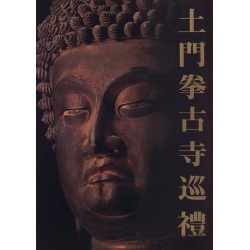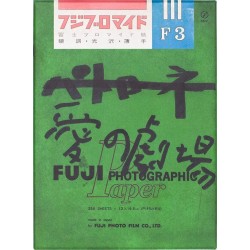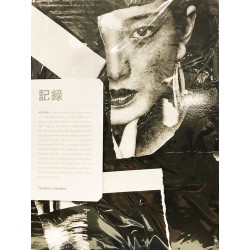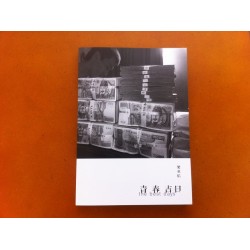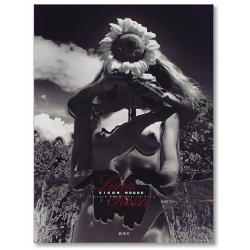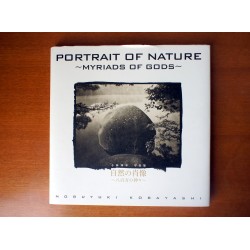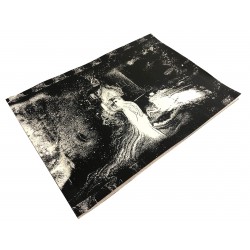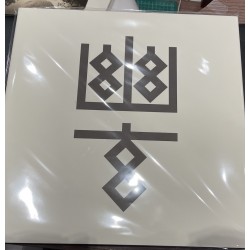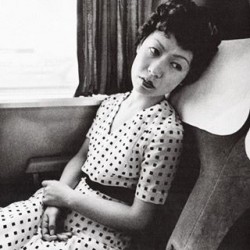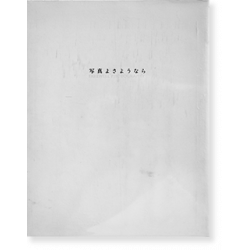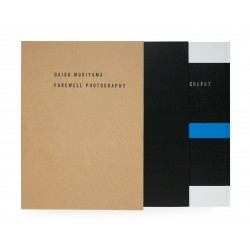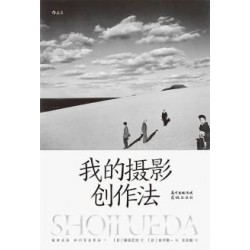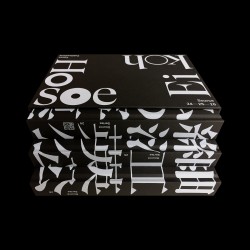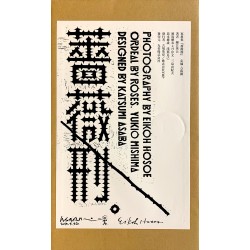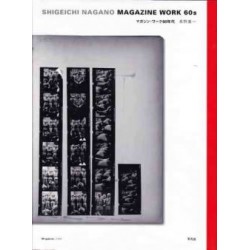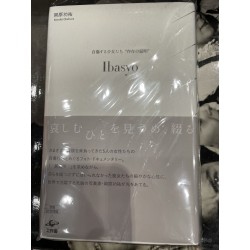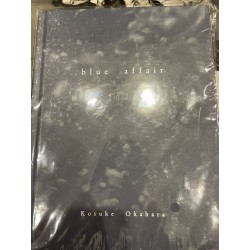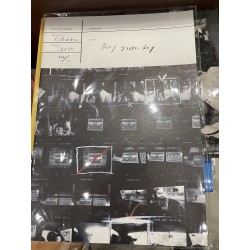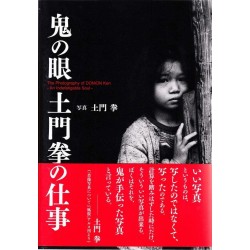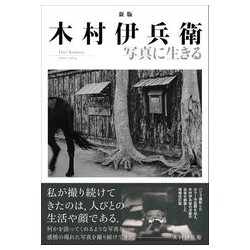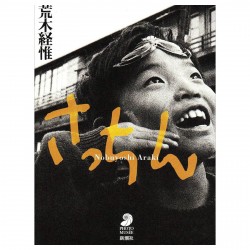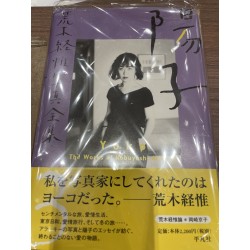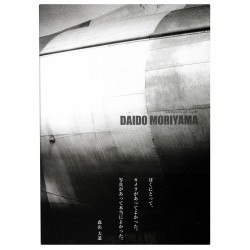No products
-

Polaroid Originals One Step2 Viewfinder i-Type Camera
HK$ 880 HK$ 1,200
Viewed products
Elkoh hiosoe Hamaitachi 細江英公 鎌鼬
New product
4 Items
Warning: Last items in stock!
More info
MORE INFO
EIKOH HOSOE (born in Yamagata Prefecture, Japan, 1933) is an integral part of the history of modern Japanese photography; he remains a driving force not only for his own work, but also for his efforts as a teacher and ambassador, fostering artistic exchange between Japan and the rest of the world. Hosoe is represented by Howard Greenberg Gallery, New York. He lives in Tokyo.DONALD KEENE (essay) is a Columbia University Professor Emeritus and Shincho Professor Emeritus of Japanese Literature. SHUZO TAKIGUCHI (essay, 1903–1979) was a poet and art critic, credited for having introduced Surrealism to Japan at the end of the 1920s.
Eikoh Hosoe's Kamaitachi, a classic and groundbreaking body of work, was originally released in 1969 as a limited-edition photobook of one thousand copies. A unique collaboration between photographer Eikoh Hosoe and Tatsumi Hijikata, the founder of ankoku butoh dance, the work documents their visit to a farming village in northern Japan and the improvisational performance that resulted, made with the participation of local villagers and inspired by the legend of kamaitachi, a weasel-like demon who haunts the rice fields and slashes those he encounters with a sickle.
In 2005, in close consultation with the artist, Aperture released a limited-edition facsimile in homage to the original. In this 2009 edition, Aperture is honored to reinterpret this paragon of Japanese bookmaking, which now includes four never-before-published images from the classic Kamaitachi series and a new text by preeminent Japanese scholar Donald Keene, as well as essays by Eikoh Hosoe and Suzo Takiguchi. Aperture is doubly pleased to make this enchanting body of work available, for the first time ever, in an affordable trade edition. This version was painstakingly reworked by renowned graphic artist Ikko Tanaka, designer of the original volume, shortly before his death.
Hosoe and Hijikata, who first met in 1959, share the same birthplace: the Tohoku countryside in Northern Japan, where most of the images were made. Hosoe photographed Hijikata's spontaneous interactions with the landscape and the people they encountered. A magnificent and seductive combination of performance and photography, the two artists enact an intense investigation of tradition and an exploration, both personal and symbolic, of Japanese society during a time of massive upheaval and change. In an accompanying personal essay, published here for the first time, Hosoe recounts how he became one of the Beat Generation artists, who were willing to try anything new, and his exploration of how traditional documentary photography and personal expression could be merged into what he describes as "subjective documentary."



